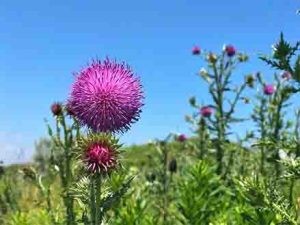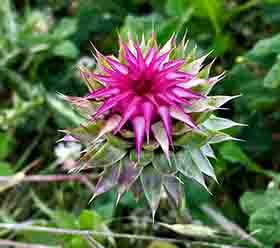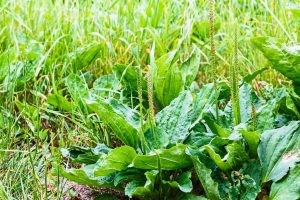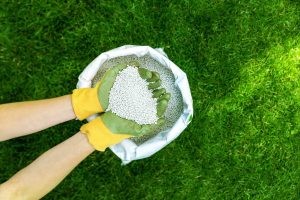Musk, or nodding, thistle (Carduus nutans L.) is a biennial herb in the Aster family and native to western Europe and found in various parts of the United States, where it's been declared a noxious weed. These striking plants spread aggressively once they take root, outcompeting local plants for resources.
Because musk thistle is unpalatable to livestock and wildlife, it grows unchecked and spreads while animals graze on local plants. Though rarely found in dense forests, musk thistle thrives in open fields such as natural meadows and grasslands.
Identifying Traits Of Musk Thistle

Musk thistles are easy to identify with its striking and distinctive features. To correctly identify musk thistle, look for the following:
-Vibrant red-purple flowers
-Spiny stems and leaves, painful to the touch
-Dark green leaves with spiny lobes, yellowish to white spine at the tip
-Stems are winged and cottony
-Mature plants range in size from 1 ½ to 6 feet tall
-Rosettes span up to 4 feet in diameter
Life Cycle Of Musk Thistle

As a biennial, musk thistle typically needs 2 years to complete a life cycle, though it has been known to take only a year in warmer climates. Usually, seedlings emerge mid-July and form into rosettes, which can grow up to 4 feet in diameter.
Musk thistles start to grow up sometime around March, their stems and branches growing steadily. They can grow up to 6 feet tall before their flowers even emerge. The spikey purple flowers appear between May and August, holding up to 50 seedheads in the bud.
A single flower head can produce up to 1,200 seeds in its life cycle. Musk thistle seeds may remain viable in the soil for up to 10 years, making it difficult to eradicate and control.
Control Methods For Musk Thistle

Musk thistle may be notoriously difficult to control and eradicate, but not impossible. The plant is unique because many options are available for controlling it, including a biological method.
The thistlehead-feeding weevil and the rosette weevil, both of which are native to Europe, have been introduced to a number of western states as a way to control the musk thistle population. This method was met with quite a bit of success at eradicating and controlling these invasive plants. However, it had some unintended consequences. The weevils also attacked some local plants, including a few rare and endangered species. As of now, using weevils to battle musk thistle is under review.
Fortunately, musk thistle can be eradicated by hand pulling, though this method is tedious and often can cause the seeds to spread if not done carefully.
According to experts, using herbicides is the most effective and cleanest way to eliminate musk thistles once they have taken root. Treatments are most effective in the early stages of their life cycle.
Subscribe to Simple Lawns's Blog









Comments